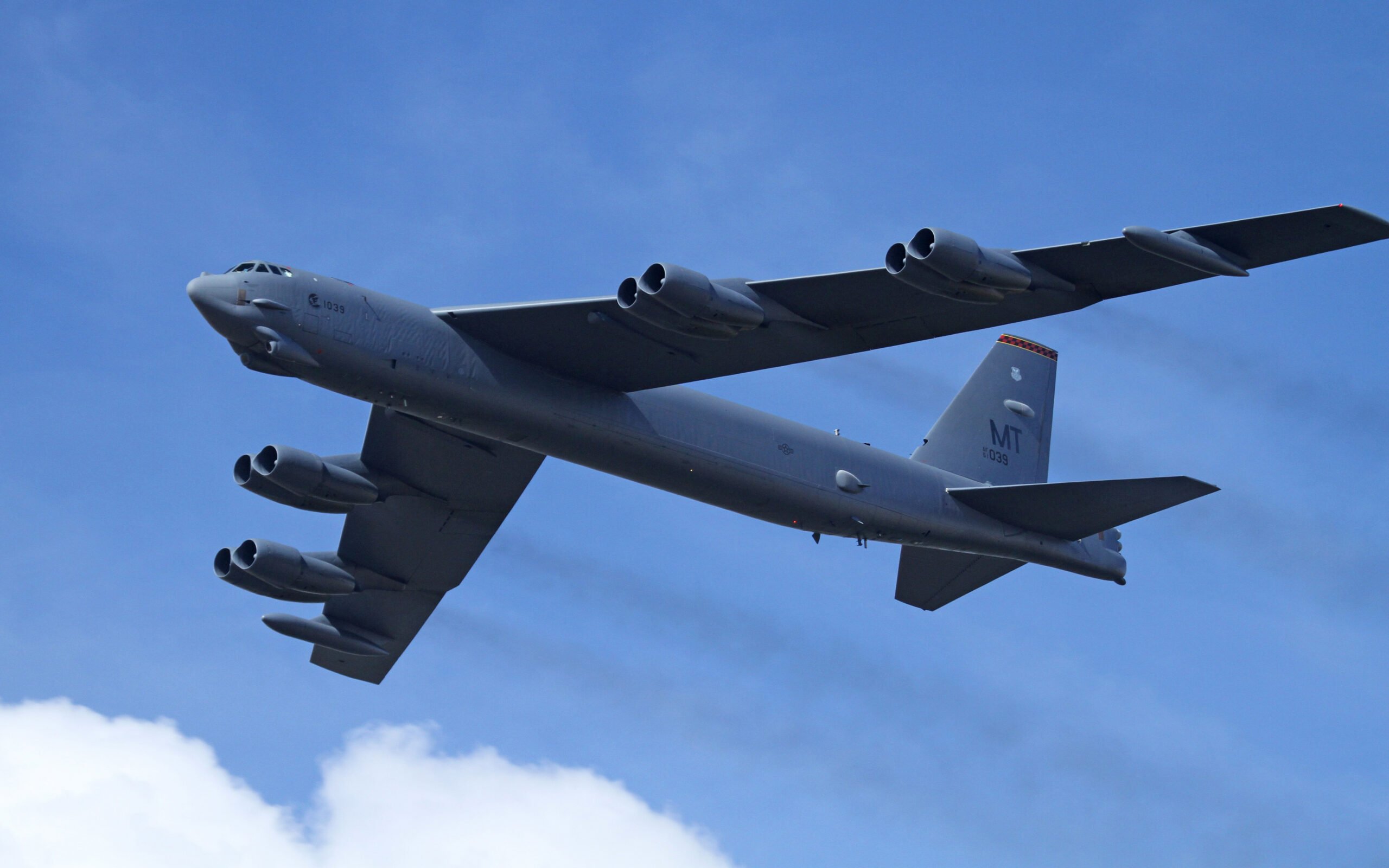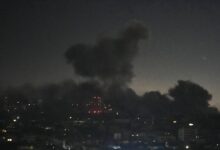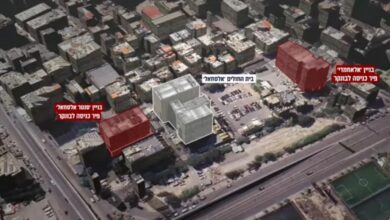Hitting on the Move: US B-2 Bomber’s Missile Upgrade Is a Big Threat to PLA Warships, Says Chinese Military Expert

- General Timothy Ray, who was in charge of the USAF's Global Strike Command last year, told the US Senate that AGM-158B missiles were important for nuclear bombers to be able to fight wars.
- The commentator in Beijing also said that the US would only use the B-2 if there was a fight with China, which was not likely.
Northrop Grumman, an American defence company, said in a statement on August 25 that a B-2 bomber tested the stealthy AGM-158B Joint Air-to-Surface Standoff Missile-Extended Range (JASSM-ER) cruise missile in December 2021.
The JASSM-ER is a version of the AGM-158 JASSM with a longer range. The basic AGM-158 JASSM has a range of 370 kilometres. On the other hand, the first one is said to have a range three times as far and to be able to change its target while in flight. This means it can hit moving targets far beyond enemy lines.
“The JASSM-ER gives the B-2 an even better chance of hitting any target, anywhere. The integration of JASSM-ER makes it possible to deliver an asset that is hard to spot and can travel farther than its predecessor. In the statement, Northrop said.
B-2s Armed With JASSM-ER Could Threaten Chinese Warships
Fu Qianshao, a retired equipment specialist from the People’s Liberation Army (PLA) Air Force, says that the JASSM-ER has a range of about 1,000 kilometres and could threaten PLA Navy ships.
Fu told SCMP that if B-2 bombers came from the US Andersen Air Force Base in Guam, the PLA would have to move toward the western Pacific Ocean to warn them away.
In recent years, the USAF has sent more and more B-2 bombers to the Indo-Pacific. In 2020, three bombers came to Diego Garcia island in the Indian Ocean to support “US security commitments in the Indo-Pacific region.”
Also, in March of this year, a USAF B-2 Spirit flew a mission in the Indo-Pacific with two RAAF F-35As, two RAAF EA-18 Growlers, two RAAF F/A-18F Super Hornets, two USAF F-16Cs, a KC-135 tanker, and two RAAF F/A-18F Super Hornets.
Then, in July, four B-2s were sent to an airbase in Queensland run by the Royal Australian Air Force (RAAF) to support a Pacific Air Forces Bomber Task Force. This was the first time that the Bomber Task Force sent B-2s to Australia (BTF).
This deployment lasted until the end of August. During that time, the B-2s trained together with the Australian Defense Forces as part of the US-Australian Force Posture Agreement’s Enhanced Air Cooperation Initiative.
B-2 Bombers More Lethal
The US has three types of nuclear weapons, and the B-2 bomber is one of them. Due to things like radar-absorbing materials and a hidden engine, these planes can get close to their enemies without being seen and fire missiles or drop bombs without being seen.
But the stealthy design doesn’t make the B-2s invincible. China is still improving its air defence, especially in the area of counter-stealth technologies, which EurAsian Times has written a lot about in the past.
So, adding long-range cruise missiles like the JASSM-ER can make the B-2 even more dangerous by letting it hit targets from a distance where air defences can’t see it or stop it.
Also, as was already said, the JASSM-ER has a stealthy design, which means that even the missile would be hard for the enemy’s air defences to stop.
General Timothy Ray, who was in charge of the USAF’s Global Strike Command last year, told the US Senate that AGM-158B missiles were important for nuclear bombers to be able to fight wars.
Fu told the SCMP, though, that the AGM-158B missiles were subsonic, which means they moved slower than the speed of sound, making them easier for China to stop. The commentator in Beijing also said that the US would only use the B-2 if there was a fight with China, which was not likely.
Abhijit Iyer Mitra, a senior fellow at the Institute for Peace and Conflict Studies and a military expert who spoke to EurAsian Times, said that because the JASSM-ER is a stealthy missile, it will stay hidden from enemy radars all along its flight path, even though it moves more slowly than other missiles.
He also said that even when the missile comes into view of the radar, it will still be a small target because it is so small. This means that the radar won’t be able to pick it up until the missile is only a couple of kilometres away from its target, when it will be too late.
So, the hardest thing for the enemy’s air defences is to find the missile, since they can’t stop it if they don’t.







Facebook Comments